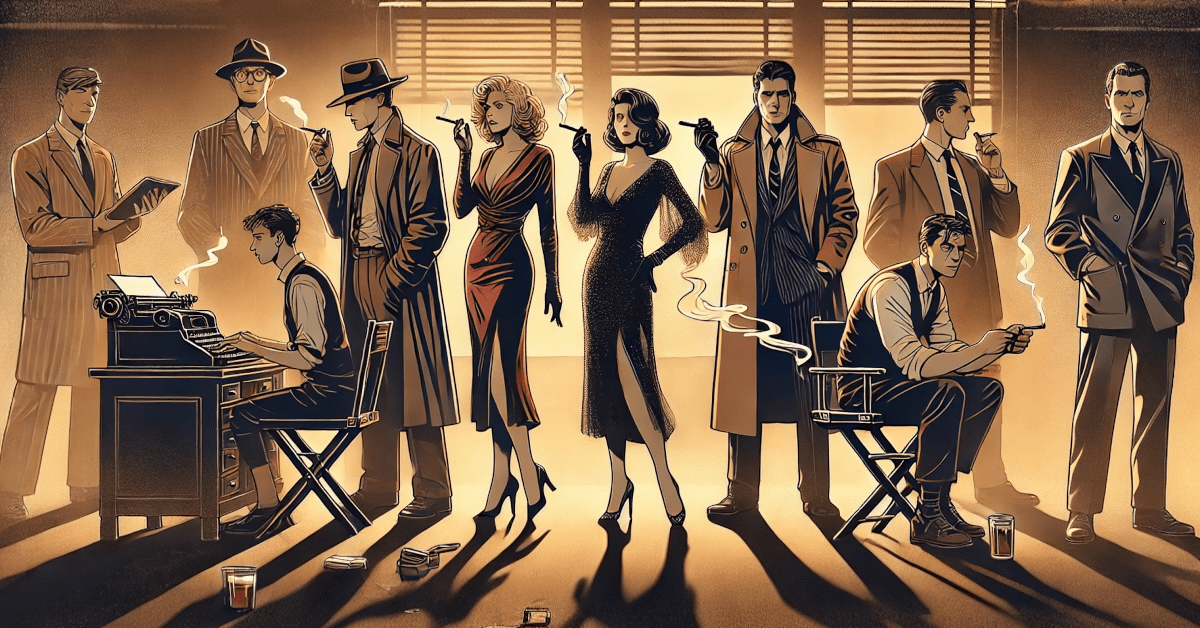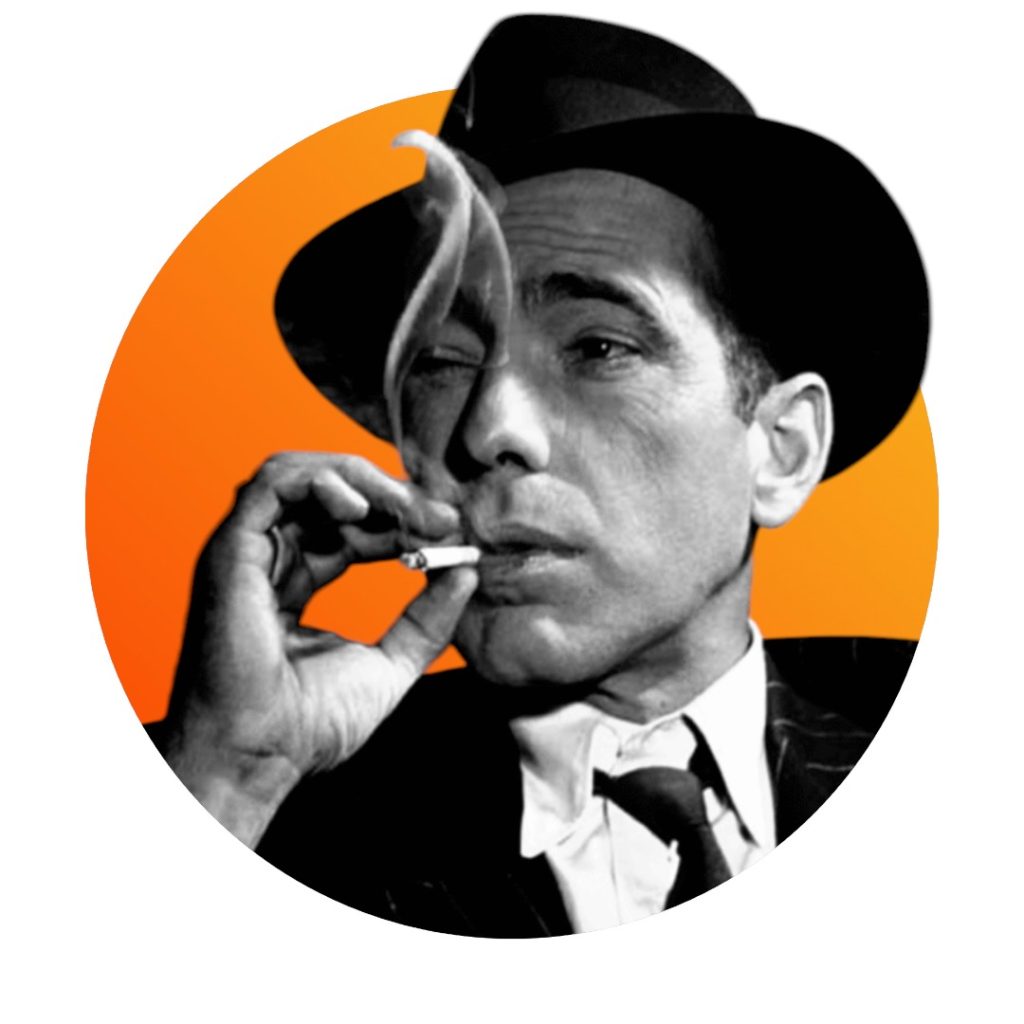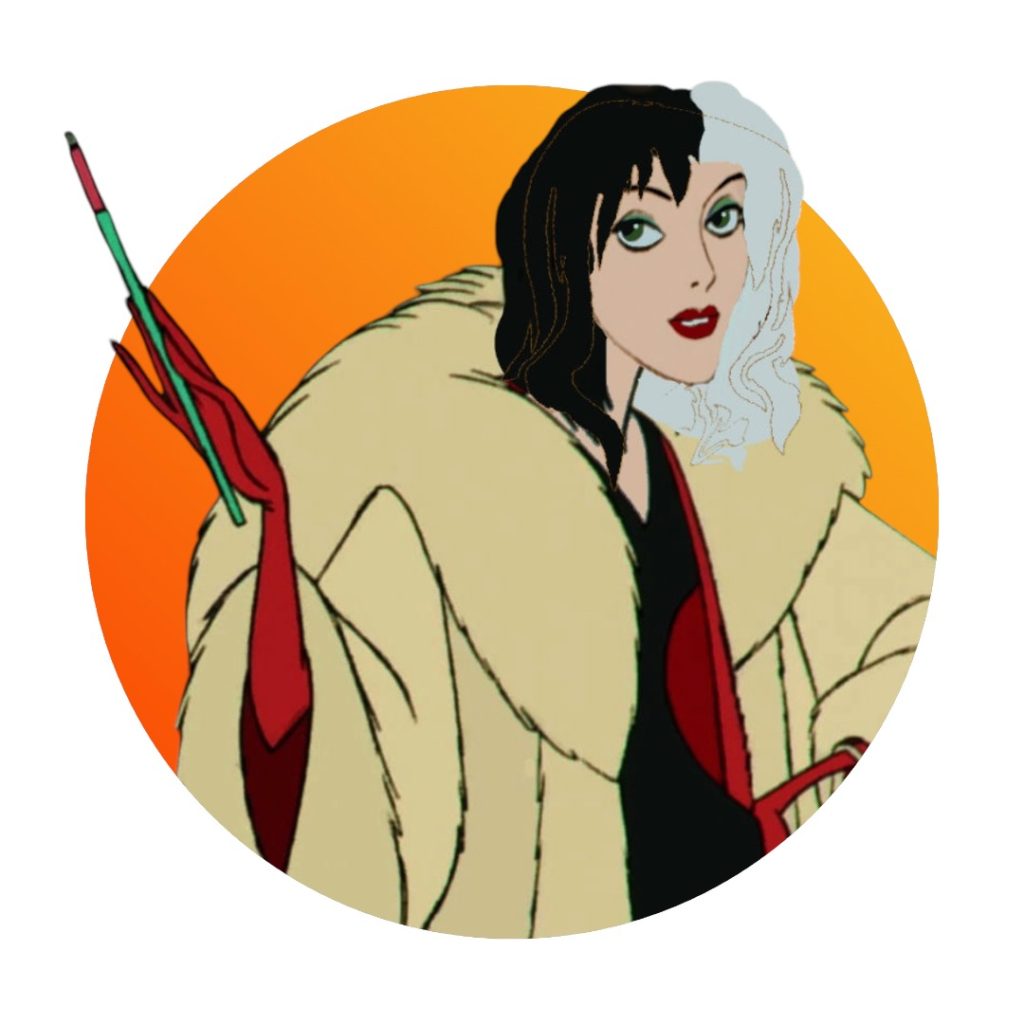GOTSMOKES.CO
- Canadian Cigarettes at Unrivaled Prices!
- Hassle-Free Shopping, and Prompt Delivery
- Comprehensive, Authentic and Competitive

Cigarettes have been a symbol of mystery, rebellion, and sophistication in pop culture for decades. Whether held between the fingers of a femme fatale, dangling from the lips of a rugged anti-hero, or serving as a prop for a tortured artist, the cigarette has become synonymous with some of the most unforgettable characters in film, television, and literature. Let’s take a look at the most iconic cigarette smokers in pop culture history and the impact they left on their audiences.

Few images are as iconic as James Dean leaning against a wall, cigarette in hand, brooding into the distance. Dean’s role in Rebel Without a Cause (1955) cemented him as a cultural icon, embodying teenage rebellion and angst. The cigarette became an extension of his character, adding to his image as the outsider who was misunderstood by society. Dean’s style has since inspired countless artists, making him one of pop culture’s most enduring images of rebellion and coolness.

When it comes to film noir, Humphrey Bogart is the first name that comes to mind. Known for his tough, sardonic detective roles in classics like The Maltese Falcon (1941) and Casablanca (1942), Bogart’s characters rarely went without a cigarette. His famous line, “Here’s looking at you, kid,” delivered with a cigarette in hand, became a part of cinema legend. For Bogart, the cigarette was a symbol of his characters’ hard-bitten, cynical outlook on the world, an emblem of the noir archetype that continues to influence crime dramas to this day.

Audrey Hepburn’s portrayal of Holly Golightly in Breakfast at Tiffany’s (1961) is a quintessential moment in fashion and film. Holly, with her elegant cigarette holder, became the epitome of quirky sophistication. Though she was flawed and vulnerable, the cigarette holder added a sense of glamorous nonchalance to her character. Her cigarette holder became an iconic accessory, symbolizing both a carefree attitude and an unconventional lifestyle. Even today, her look remains a cultural reference point for elegance mixed with a dash of rebellion.

In Mad Men, Don Draper (played by Jon Hamm) is rarely seen without a cigarette in his hand, and his chain-smoking is as much a part of his character as his suits and cocktails. As a high-powered ad executive in the 1960s, Draper’s constant smoking reflects the era’s social norms, while also symbolizing his inner turmoil and self-destructive tendencies. Draper’s smoking habits capture both the allure and the darkness of the golden age of advertising, reminding viewers of the time when smoking was glamorized as a sign of status, power, and allure.

Marlene Dietrich, with her androgynous style and cigarette, redefined femininity and challenged traditional gender norms in Hollywood. Her iconic roles in films like Morocco (1930) and Shanghai Express (1932) often saw her dressed in tuxedos, holding a cigarette with an unmistakable confidence. Dietrich’s image became emblematic of both old Hollywood glamour and the avant-garde. Her cigarette was not just an accessory but a declaration of her defiance and individualism, leaving an indelible mark on Hollywood’s depiction of powerful women.

A detective who wields magic more often than a gun, John Constantine from DC Comics (and later Constantine the film, starring Keanu Reeves) is rarely seen without his cigarette. Constantine’s smoking habit is more than just a prop; it’s tied to his character’s gritty realism and cynicism. The cigarette, paired with his trench coat and perpetual scowl, has become a trademark of the supernatural anti-hero. Constantine’s smoking is more than a nod to noir; it’s a reminder of his fatalism, his inner demons, and his constant tango with death.

Bette Davis was one of Hollywood’s leading ladies, famous for her wit, defiance, and iconic roles in films such as All About Eve (1950). Her cigarette was often used as a tool of drama—something to gesture with, to pause over, to punctuate her famous lines. Davis didn’t just smoke on screen; she wielded the cigarette as an instrument of character, amplifying her characters’ strength, sass, and independence. Her role as Margo Channing in All About Eve, cigarette in hand, is one of cinema’s most memorable images of the powerful Hollywood woman.

Though not a character from film or literature, the Marlboro Man became one of the most iconic symbols of masculinity and rugged individualism in American advertising. The Marlboro Man, always pictured with a cigarette between his lips, represented freedom, adventure, and the spirit of the American West. Despite the eventual backlash against cigarette advertising, the Marlboro Man remains an iconic image of the rugged, lone cowboy and a reminder of the days when smoking was marketed as part of the American dream.

As a singer, poet, and punk rock icon, Patti Smith brought a raw energy to the stage, often with a cigarette in hand. Her image, complete with cigarette, represents the unapologetic individuality and nonconformity of the punk movement. Known for her hit album Horses and her beatnik-inspired lifestyle, Smith’s cigarette became part of her identity, symbolizing the gritty, no-holds-barred spirit that fueled her music and writing. For Smith, smoking was part of her rebellion against convention, encapsulating the counterculture of the 1970s.

One of Disney’s most unforgettable villains, Cruella de Vil, made her mark with her iconic cigarette holder and flair for the dramatic. The cigarette, along with her two-toned hair and fur coat, became part of her persona—a symbol of her vanity, cruelty, and ostentatious lifestyle. Though Cruella was a cartoon, her cigarette holder quickly became associated with the villainous glamour that made her both feared and fascinating. In many ways, she’s the animated counterpart to some of Hollywood’s most memorable femme fatales.
From tough-guy detectives to glamorous rebels, cigarettes have been used to add depth, mystery, and charisma to some of pop culture’s most iconic figures. While our understanding of smoking’s health risks has evolved, making cigarettes less prominent in modern media, these characters remain etched in our memories, emblematic of an era when smoking was as much a character trait as it was a habit. The cigarette has become a symbol of complexity, adding layers to characters who are often as flawed as they are captivating.